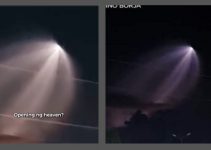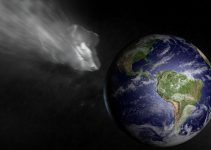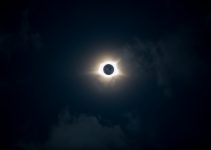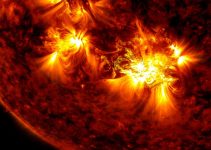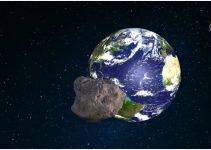For the first time in space history, astronomers discovered a planet orbiting a dead star – and this rare system could show us what could possibly happen to our own solar system in the future when our sun dies.
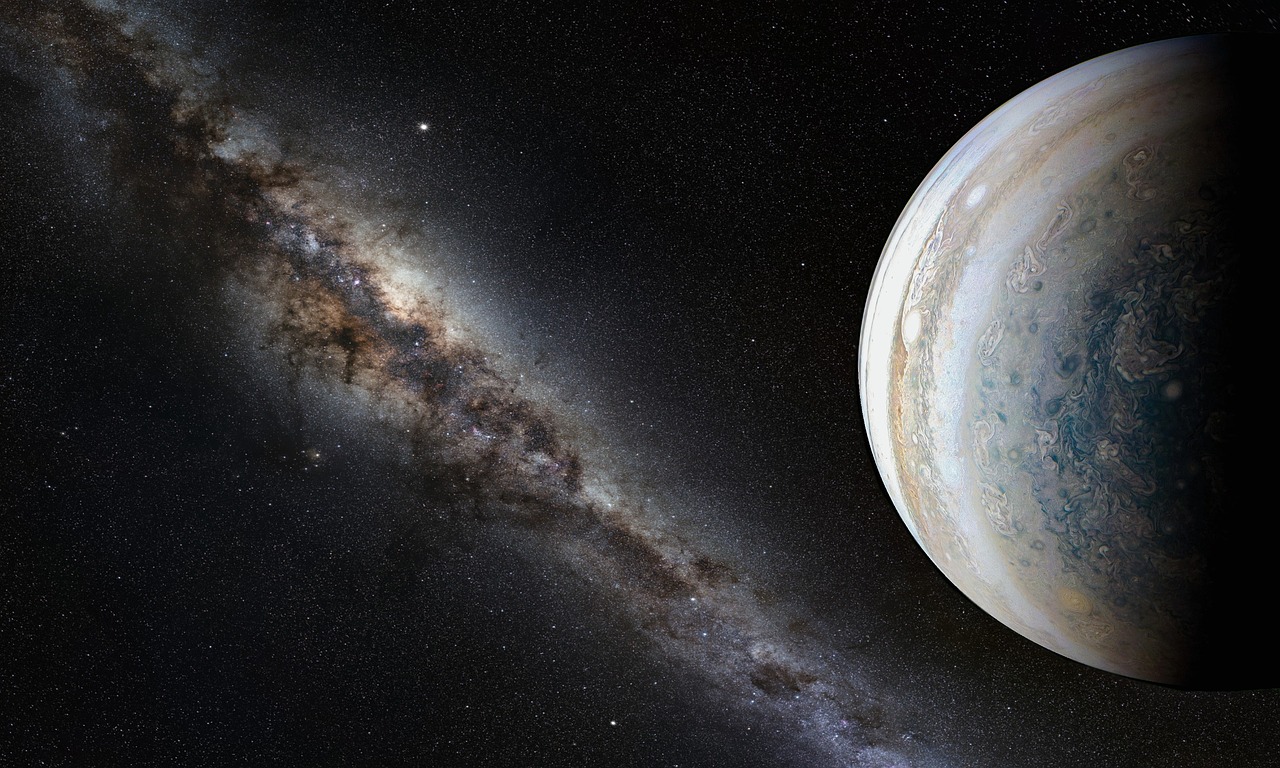
Dying Stars Cause Destruction
The sun is a medium-sized star. Just like other stars, it’s bound to die billions of years from now. Currently, the sun is in its main sequence state which is the state of equilibrium. It will spend around 90% of its life in this stage.
During the main sequence state, stars are fusing hydrogen molecules in their core to form helium. Once its hydrogen fuel runs out, the star collapses on itself before rapidly expanding to form a red giant.
Although a red giant has a much cooler surface than the yellow main sequence star, it’s still very hot and could swallow everything in its way – and that includes all the planets within the new expanded volume! Other nearby planets could also die, explode, or get destroyed in some way by this red giant.
Afterward, the red giant collapses into a white dwarf that’s cool and several times smaller than its size as a main sequence star.
Because it destroyed the planets in its system as it dies and is now smaller, the dead star likely not as powerful as the original star. That’s why astronomers have never discovered a white dwarf with any planets around it in the past.
Giant Planet Orbits a White Dwarf
But the recent discovery of a giant planet orbiting a white dwarf could show us the possible future of the solar system.
The newly discovered gas giant is around 40% larger than Jupiter yet it orbits a much smaller star near the center of the Milky Way.
The two were first discovered in 2010 through a method called “gravitational microlensing” wherein two stars located at different distances from the Earth temporarily align. The gravity of the star in front acts as a lens to magnify the light of the one in the background.
If there’s a planet orbiting the background star, the light becomes warped as the planet moves around it.
“To detect an object through gravitational microlensing, you are only depending on the mass of the object; you don’t need any light coming from it. We could see that there was an object about half the mass of the sun with a Jupiter-mass planet orbiting,” explained University of Tasmania astrophysics professor and Institute of Astrophysics director Jean-Philippe Beaulieu.
At first, scientists thought it was just an exoplanet but extensive studies using the W. M. Keck telescopes in Hawaii surprised them – they couldn’t see a thing!
“Because [the object] has half the mass of the sun, the Keck telescope, one of the best telescopes of its kind, should be able to detect it. But it didn’t find anything,” Beaulieu said.
After making the necessary calculations, they concluded that the object is a white dwarf with a giant planet orbiting around it.
Future of the Solar System
Previous computer models show that planets around a dying or dead star also die, but this new discovery shows that some planets in our solar system might still survive.
Planets in our solar system had always been predicted to die along with the sun but astronomers now theorize that Jupiter and the rest of the planets far from the sun could still survive to some degree.
There’s no chance that Earth will survive, but with the sun’s explosion event predicted to be 5 billion years away, there might still be a way for humans to travel to the far reaches of the solar system and build communities in the moons of Jupiter and the other far-off planets so humans can still survive.
“If humankind wanted to move to a moon of Jupiter or Saturn before the sun fried the Earth during its red supergiant phase, we’d still remain in orbit around the sun, although we would not be able to rely on heat from the sun as a white dwarf for very long,” explained University of Maryland and NASA’s Goddard Space Flight Center senior research scientist David Bennett.
